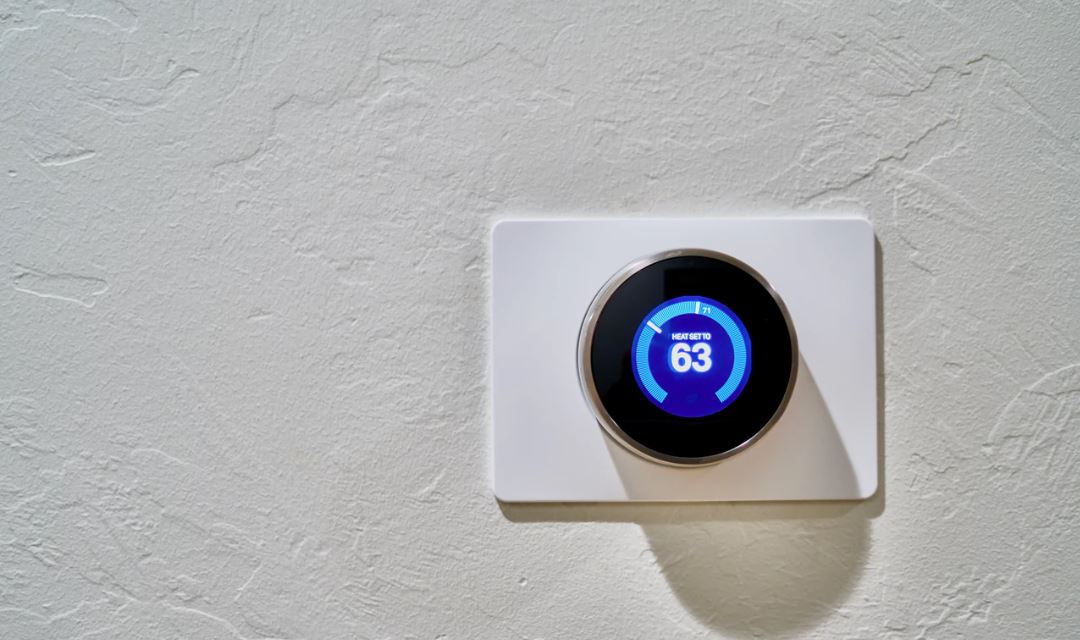Designing the experience
Like all interior designers, hospitality designers aren’t just decorating a space; they’re crafting it into an experience. However, they have the additional challenge of ensuring that the experience caters to a large number of people. It’s not a family or company utilizing this space, but an endless stream of tourists.
What’s more, there are different types of hotels, each of them required to provide a different kind of service. Some are located on holiday resorts with numerous outdoor activities that can be incorporated into the experience, while for others the appeal lies purely in what the hotel itself has to offer. Some have themes and others don’t. Some prioritize luxury while others go for functionality.
Hospitality design isn’t just about making everything look good, it’s about making the look and the layout of each section of the hotel suit its function, whether that is business, relaxation, entertainment, or one of the many other services a hotel is expected to provide.
The challenges of hospitality design
Hotel design takes into account every aspect of the guest experience, from the biggest to the smallest detail. Planning where in the room to place power outlets so that guests can easily access their laptops is just as important as planning where in the hotel to place the dining room.
Important elements of hospitality design include:
- The first impression
What is the first place guests are likely to see when they arrive at a hotel? Most would assume the lobby, but that would be incorrect. The design of the lobby is essential, of course, but the first place guests will see is the place where their car pulls up, and what greets them there can set the tone for the experience.
A heavily paved parking lot is an example of something to avoid. It’s the kind of thing people expect to see outside an office complex or grocery store, which brings to mind responsibilities they’d rather not think about while on vacation. So, Stacey Shoemaker Rauen suggests hiding the parking lots if possible, or at least hiding the paving with decorative landscaping and site walls.
- Setting the atmosphere
Space, color and lighting are all essential ingredients in establishing mood, and they need to be carefully tailored to suit the intended purpose in each section of the hotel.
For example, blue colors and soft lighting promote relaxation, while red colors and bright lighting stimulate the mind. White colors are considered neutral and are therefore better suited to business-oriented areas.
Open spaces with fewer furnishings encourage mobility, and are better suited to parts of the hotel where a lot of activity is expected to take place. Small spaces with furniture tightly packed are better suited to areas where guests are expected to engage in conversation, or where someone can sit down and read the paper while they wait for their friends.
Hospitality designers have the training and experience to know how best to utilize these elements. They can determine whether the choice of lighting complements the choice of color, and what method of lighting is suited to the design of the space, and so on.
- Guests and staff
A hotel needs to be designed in a way that allows the staff to carry out their duties without interruptions from the guests, and allows the guests to enjoy their activities without interruptions from the staff.
Both guests and staff are essential to the operation of a hotel, and both need to be kept happy. But they also need to be kept separate, unless they’re looking for each other, in which case they should be able to find each other as quickly as possible.
- A design that makes sense
Hotel guests want to have plenty of options available to them, but they don’t want any difficulty keeping track of them. Hotels require an expansive but logical design that ensures the guests won’t have to spend too long figuring out where everything is supposed to be.
Taking the experience home
As hospitality designer Tony Chi said in an interview with ContractDesign.com, it’s one thing to design a beautiful car, but someone actually needs to drive it. A well designed hotel experience not only ensures that guests will stay at the hotel, but that the hotel will stay with the guests.
Featured images:
License: Creative Commons
image source
Matthew Flax writes about the importance of good hospitality design, something a certain wedding host from the TV series Game of Thrones clearly lacks.





